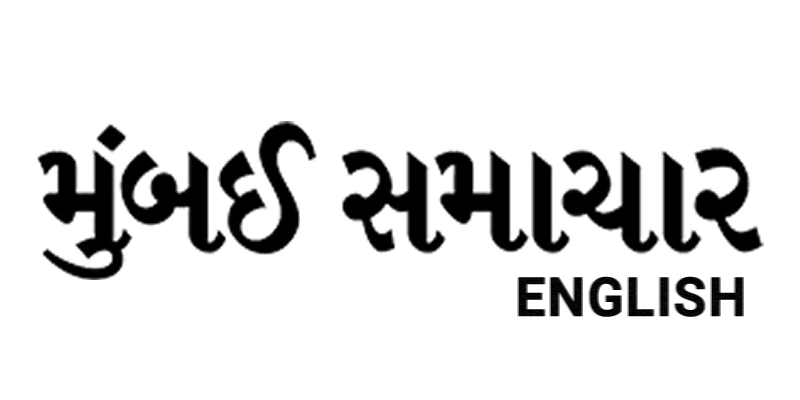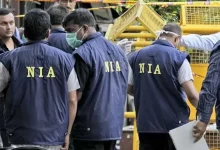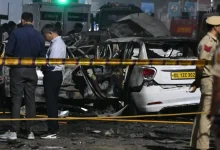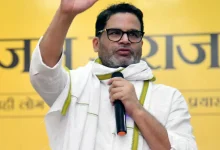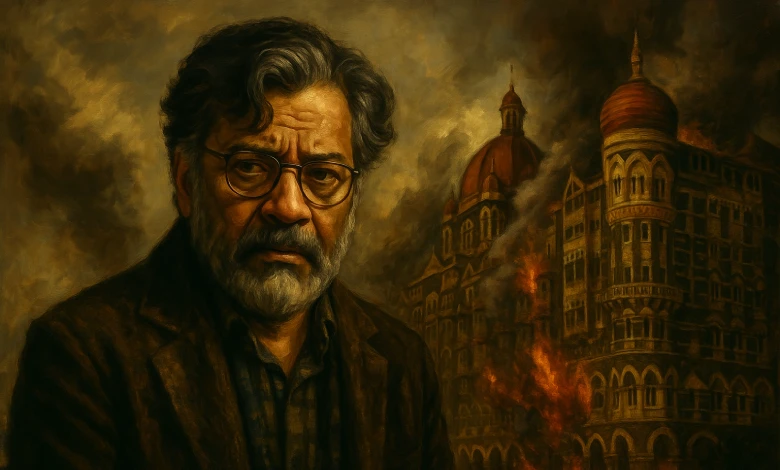
NEW DELHI: Tahawwur Rana, aged 64 and a key figure accused in the 26/11 Mumbai terror attacks, has been placed under suicide watch in a high-security cell within the National Investigation Agency (NIA) headquarters after a special court granted the agency 18-day custody for interrogation.
The Pakistani-Canadian national arrived in India on Thursday evening following his extradition from the United States. According to sources, Rana is being closely monitored via both human guards and CCTV cameras. He is being held in a 14-by-14-foot ground floor cell at the NIA’s Lodhi Road headquarters, with strict restrictions in place—including access to only a soft-tip pen to minimize the risk of self-harm.
The NIA began its questioning of Rana on Friday to uncover deeper details of the 2008 terror plot. Investigators are focusing on his alleged ties to Pakistan’s ISI and possible involvement with sleeper cells in India. These cells are reportedly linked to Rana’s associate David Coleman Headley, also known as Daood Gilani. Headley is believed to have recruited operatives in various Indian cities such as Pushkar, Goa, and Delhi.
In parallel, political debate intensified over the extradition. The Congress party claimed the current BJP-led Modi government was not responsible for initiating Rana’s extradition process and instead benefited from diplomatic groundwork laid by the previous UPA administration.
Former union minister P. Chidambaram criticized the BJP for allegedly taking undue credit. In a statement, he emphasized that the successful extradition reflects sustained diplomatic, legal, and intelligence collaboration that began under UPA rule.
Chidambaram highlighted that the case against Rana and Headley was originally filed by the NIA on November 11, 2009. He credited UPA’s foreign policy for securing international cooperation, pointing to support from Canada and key diplomatic engagements with the U.S., including discussions in 2012 between UPA officials and then U.S. Secretary of State Hillary Clinton.
He added that institutional efforts persisted even after the government changed in 2014, underscoring that the progress seen today is the culmination of long-standing groundwork. Chidambaram also referred to a 2025 meeting between Prime Minister Modi and former U.S. President Donald Trump, stating that both leaders attempted to claim credit for a process deeply rooted in the UPA era.
